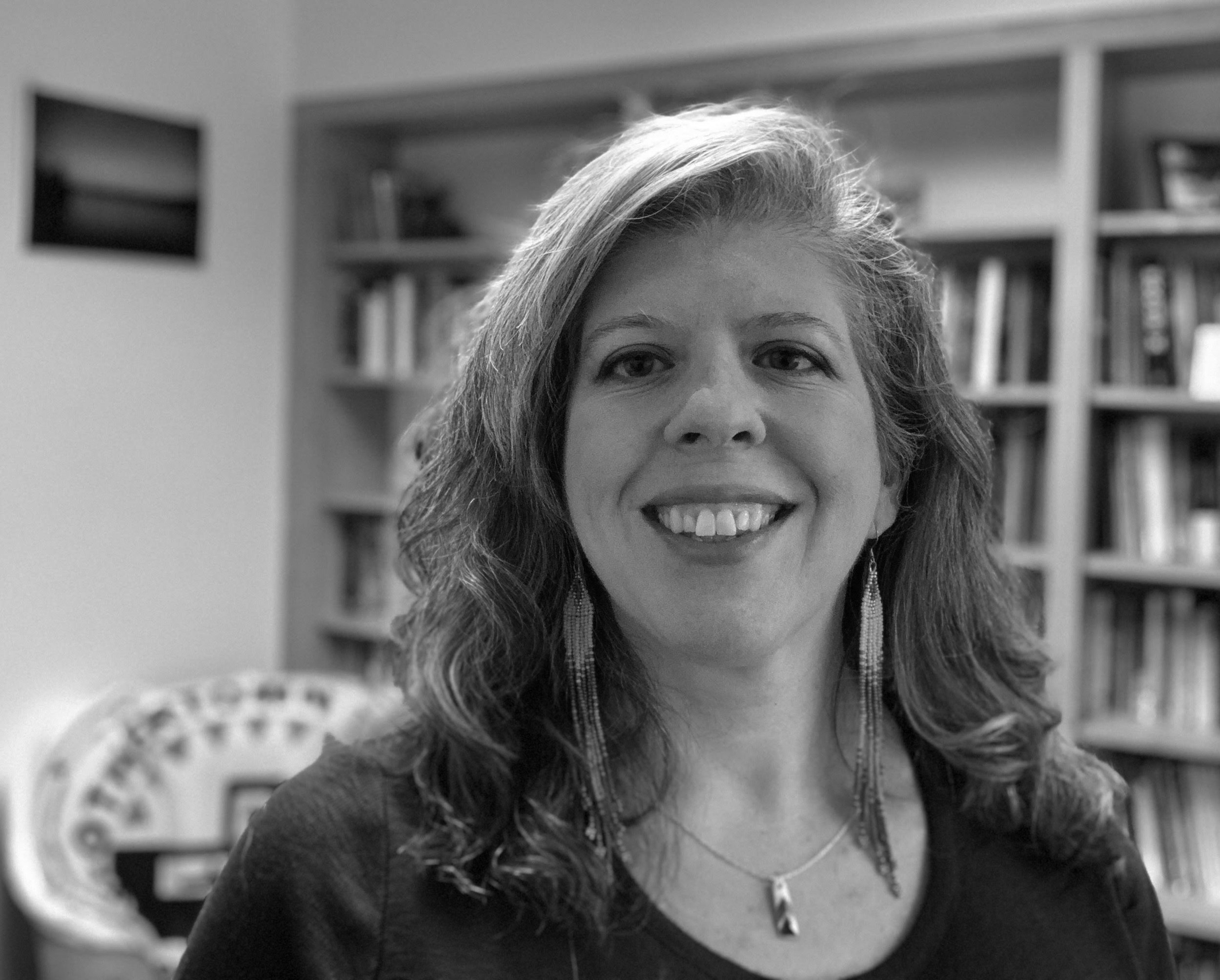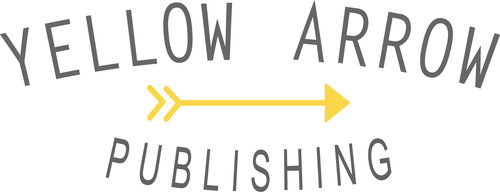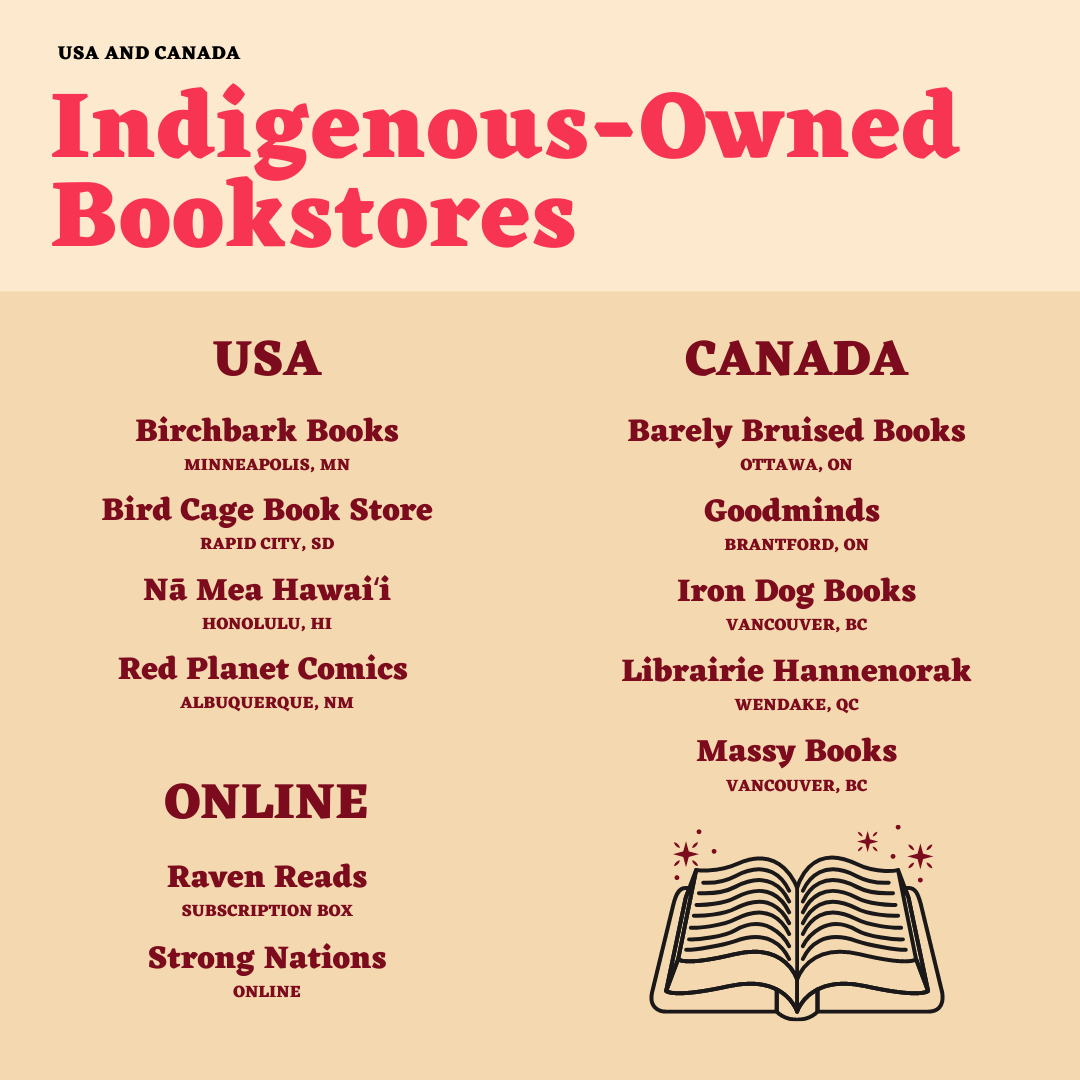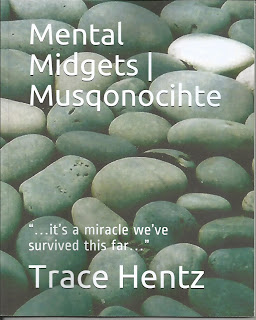Tôn Kutômkimun (How We Rise)

Yellow Arrow Publishing would like to announce the next guest editor for Yellow Arrow Journal, Rebecca Pelky. Rebecca will oversee the creation of our Vol. VII, No. 1 issue. Mark your calendars! Submissions open March 1 and the issue will be released in May.
This next issue of Yellow Arrow Journal will be on the overarching idea of r[a]ise. Rebecca states,
“I think that r[a]ise has the potential for myriad interpretations, but at its heart for me is the idea that one rises as an individual and/or one raises others up. Rising is awakening but raising is also about what we do next as part of us but also outside ourselves: we raise children, raise food, raise awareness, raise questions. How do the two words interact in fruitful ways?”
We are excited to announce the theme of Vol. VII, No. 1 next week.
Rebecca was one of our ANFRACTUOUS poets with her incredible piece “Nuhpuhk’hqash Qushki Qipit (Braids).” She holds a PhD from the University of Missouri, an MFA from Northern Michigan University, and is an Assistant Professor of Film Studies at Clarkson University. She is a member of the Brothertown Indian Nation of Wisconsin and a native of Michigan’s Upper Peninsula. Through a Red Place, her second poetry collection and winner of the 2021 Perugia Press Prize, was released in September 2021. Her first book, Horizon of the Dog Woman, was published by Saint Julian Press in 2020.
We are also excited to announce that Rebecca will be teaching the workshop “Writing the Archive” for Yellow Arrow in April. The goal of this workshop is to introduce participants to various methods of writing creatively using archival materials as inspiration. While we often think of archives as places where research—in that most academic sense—occurs, archival documents can also be source material for creative inspiration. Archival material is mostly how Rebecca wrote her Perugia Press collection Through a Red Place.
Find out more about Rebecca at http://rebeccapelky.com/.
Please follow Yellow Arrow on Facebook and Instagram for the theme announcement. Below, you can read more about Rebecca’s perspectives on r[a]ise. We look forward to working with Rebecca over the next few months.
By Rebecca Pelky
Ihtôqat nutôcimohkawô. Let me tell you a story. It’s the story of The Three Sisters, Shwi Mitukushq. This story has many different versions among Indigenous peoples, and this is one of them. Once, there were three sisters living together. Each of these sisters was very different from the others, but they all enjoyed spending time in the field next to their house. The youngest, who was not yet grown, crawled along the ground. The middle sister liked to lounge against the eldest, enjoying the wind and sun on her face. The eldest, feeling responsible for the younger sisters, always stood straight and tall, keeping an eye on things—especially the wanderings of the youngest. One day, the eldest sister noticed a boy visiting the field. They were all curious about him because he was talking to the animals. The boy began to visit often, and always showed them interesting things. Then one night in late summer, the youngest sister disappeared. The two elder sisters mourned her loss, and though they searched, they couldn’t find her. Not long after, the middle sister also disappeared, and the eldest was left alone. She blamed herself for not watching over them carefully enough. In her loneliness over the winter, she began to age and wither away. Thankfully, in spring, her sisters returned. They had been so curious about the boy that they had followed him and then were unable to return because of winter’s arrival. Seeing how much distress they’d caused the sister who always looked after them, they vowed to never leave again. That’s why the three sisters—corn, beans, and squash—are always planted together. Each plant helps the others thrive: beans climb the sturdy corn stalks, which allow them to bask in the sun above the squash plants’ vines and broad leaves. In turn, beans provide nitrogen to the soil and also stabilize the corn during high winds. Meanwhile, the large squash leaves help the soil retain moisture by shading it. The three sisters grow best when they rise together.
As I write this blog post to introduce myself, I’m sitting at my desk in a house on land that once belonged to the Mohawk people, whose name for themselves is Kanien’kehá:ka (“People of the Flint”). The Kanien’kehá:ka are members of the Haudenosaunee Confederacy, which many know as the Iroquois Confederacy. I’m not Mohawk nor do I belong to another tribe in the Haudenosaunee Confederacy. Yet I share this to express my gratitude. For the Haudenosaunee and many other Indigenous Nations, including my own, gratitude is central to our worldview, and what is gratitude but the recognition that we don’t rise alone. In recognizing my privilege of existing and writing to you in this space, I hope to raise others up with me—raise awareness, knowledge, perceptions.
As I’ve learned more about the history of my Mohegan ancestors, I’ve also learned that I have many reasons to be grateful to the Haudenosaunee. Like the sisters, my people would have had a difficult time thriving without them. In the 18th century, around the time of the Revolutionary War, my Indigenous ancestors were trying to move west, out from under the influence of colonial alcohol and land grabs. They, along with people from several other tribes, established a town in what would become Upstate New York. They built a church and called their town Brothertown, or, in Mohegan, Eeyamquittoowauconnuck. This was only possible because the Oneida Nation welcomed them into their territory, vowing that, “. . . and now brethren we receive you into our body as it were, now we may say we have one head, one heart, and one blood. . . . And if the evil spirit stirs up any nation whatsoever or person against you and causes your blood to be spilt we shall take it as if it was done unto us; or as if they spilt the blood from our own bodies. And we shall be ever ready to defend you and help you or even be ready to protect you according to our abilities. Brethren, we look upon you as a sixth brother. . . . The Oneidas, Kiyougas, Manticucks, Tuscaroras, and Tdelenhanas, they are your elder brothers. But as for the Mohawks, Onandagas, and Senecas, they are your fathers . . .” At the heart of this welcome, and indeed at the heart of the many Indigenous worldviews is that the success of a community outweighs the success of the individual—we should raise each other up as we rise ourselves. Even as my ancestors migrated again to Michigan territory (which would become Wisconsin), the Oneida, some of whom also moved to Wisconsin, continued to be close friends to the Brothertown Nation. That relationship remains to this day.
It’s all been a kind of awakening, as I learn more about what it means to be a Mohegan of Brothertown (and Mohican and Eastern Cherokee and African and German and British and French). Which parts of myself do I need to raise up? Which parts of myself need me as an ally? It’s a strange paradox to contain so many people—the colonizer and the colonized. But those parts also have to coexist in order for me to thrive. That’s not always easy, but I remember the lessons of the three sisters. I remember the lessons from my Brothertown ancestors—how Mohegan, Narragansett, Tunxis, Pequot, Niantic, and Montaukett peoples built a town and a church together, and together, have raised each other up for over 240 years.
*****
Yellow Arrow Publishing is a nonprofit supporting women writers through publication and access to the literary arts.
You can support us as we AWAKEN in a variety of ways: purchase one of our publications from the Yellow Arrow bookstore, join our newsletter, follow us on Facebook, Instagram, or Twitter or subscribe to our YouTube channel. Donations are appreciated via PayPal (staff@yellowarrowpublishing.com), Venmo (@DonateYAP), or US mail (PO Box 102, Glen Arm, MD 21057). More than anything, messages of support through any one of our channels are greatly appreciated.








Comments
Post a Comment
Please leave a comment or use the contact form (which is private)